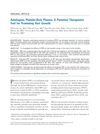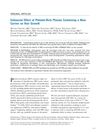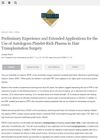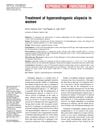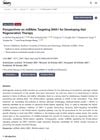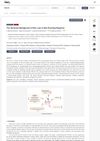Notes from the Editor Emeritus: Medical Therapy for Hair Loss: What We Know and What We Need to Find Out
January 2013
in “
Hair transplant forum international
”
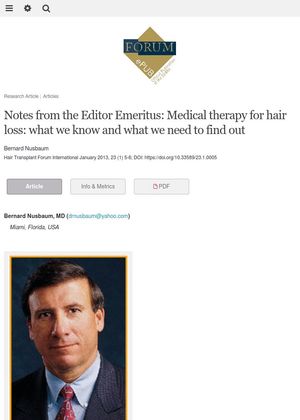
TLDR Minoxidil and finasteride are effective for male hair loss; minoxidil also helps female hair loss, with some treatments needing more research.
As of 2012, the most effective treatments for male pattern hair loss (MPHL) were minoxidil and 5-alpha reductase inhibitors like finasteride. Minoxidil, which increases the size of hair follicles and the percentage of anagen follicles, was found to be safe with side effects mainly being allergic or irritant contact dermatitis. The 5% concentration was superior to the 2% in treating MPHL. Finasteride, by inhibiting type II 5-alpha reductase, decreased both serum and scalp levels of DHT and increased hair diameter, growth rate, and, to a lesser degree, hair counts. Side effects were decreased libido (1.9%), erectile dysfunction (1.4%), and decreased ejaculate volume (1.0%). For female pattern hair loss (FPHL), the 2% minoxidil solution was equally effective when used twice daily compared to a single daily application of the 5% foam. However, 5% minoxidil was associated with a higher incidence of facial hypertrichosis in women than the 2%, but this side effect was reversible within 1-3 months after treatment was discontinued. The addition of a topical steroid to minoxidil in solution was found to enhance efficacy in FPHL. Other treatments like low level laser/light therapy (LLLT) and mesotherapy showed promise but required further research. The use of platelet rich plasma (PRP) for hair loss was also being explored, but the clinical data to support a direct effect on hair growth was limited.

